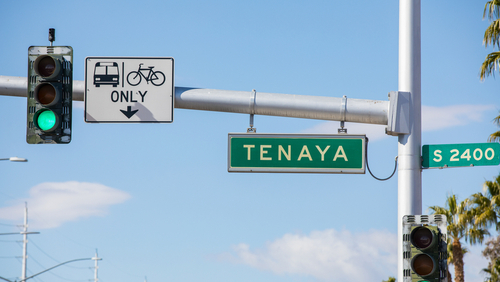Most of us like to think we’re great drivers. We’ve passed the test, we’ve clocked the hours, and we know how to get from point A to point B without causing chaos. But the truth is, even experienced drivers tend to forget certain traffic rules over time. They’re not the flashy, high-stakes laws like “Don’t drink and drive” or “Obey the speed limit.” These are the quieter rules, the ones we learned long ago but now ignore out of habit, impatience, or just forgetfulness.
These rules often feel minor, until they’re not. One missed turn signal, one blocked intersection, one ignored pedestrian can be the difference between a smooth commute and a serious accident. Even if they don’t lead to injury, breaking these laws can earn you fines, points on your license, or the wrath of fellow drivers. And when enough people ignore the same rules, the roads become unpredictable and dangerous for everyone.
Revisiting the basics isn’t about lecturing, it’s about being proactive, thoughtful, and a little more alert. Below are ten traffic rules that people break every day, often without realizing it. If even one of these is something you’ve let slip, now’s the perfect time to course-correct.
1. Come to a Complete Stop at Stop Signs
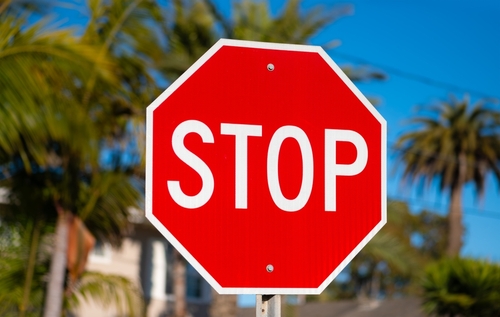
It might feel unnecessary to fully stop at a lonely stop sign late at night or in an empty neighborhood, but traffic laws don’t vanish with the crowd. A complete stop means your vehicle must come to a total halt, no forward motion, no rolling, no slow creep past the line. This rule exists because intersections are inherently dangerous, especially when visibility is limited.
A full stop gives you the chance to properly assess cross traffic, cyclists, and pedestrians. It also shows other drivers that you’re alert and following the law. Many accidents at stop signs happen because drivers roll through without checking carefully.
Even if you think the coast is clear, stopping fully puts you in the habit of driving defensively. It’s also one of the first things driving instructors and traffic officers look for. Failing to stop could earn you a fine, or worse, be blamed for a crash that was entirely avoidable.
2. Yield to Pedestrians in Crosswalks
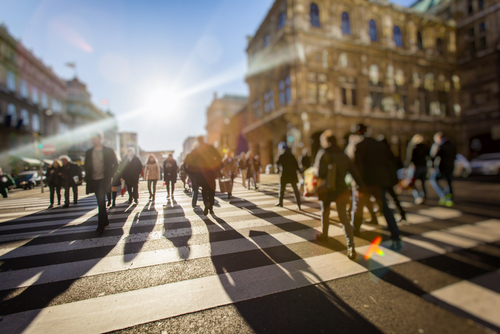
Drivers often assume they have the right of way if their light is green, but that’s not always true when pedestrians are involved. In most places, pedestrians legally have the right of way in marked crosswalks, even if there’s no traffic light present. Ignoring this rule can endanger lives and carry steep legal penalties.
Crosswalks are placed where people are expected to cross, which means drivers need to be ready to stop, even unexpectedly. Pedestrians might step out thinking you’ll stop, especially if they see you slowing down. A failure to yield can result in injuries, lawsuits, or license points.
Children, the elderly, and those with disabilities are particularly at risk, as they may move slower or be harder to see. Yielding doesn’t just mean stopping for people already crossing, it also applies when someone is waiting to cross. Slowing down, making eye contact, and waving them through shows courtesy and keeps everyone safe.
3. Follow the “Left Lane for Passing” Rule
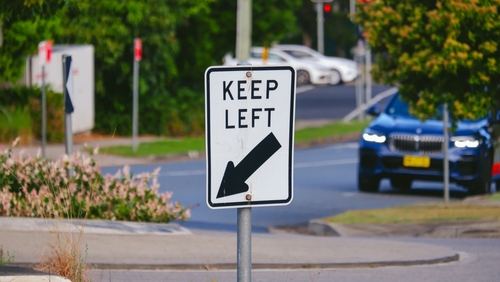
Highways are not free-for-alls. The left lane is legally and culturally designated for passing, not cruising. When drivers sit in the left lane without overtaking, they clog up traffic and frustrate faster-moving vehicles. This often leads to aggressive driving behaviors, dangerous weaving, and tailgating.
Proper lane discipline means staying in the right or middle lanes unless you need to pass. After passing, you should return to your lane. It’s safer, more efficient, and it helps maintain smooth traffic flow. In some countries and states, you can even get fined for “left-lane hogging,” which is considered a moving violation.
Beyond legality, it’s about respect. Staying in the proper lane lets faster drivers pass without drama, reduces congestion, and prevents road rage. If you’ve ever been stuck behind someone going under the limit in the fast lane, you know how frustrating it can be. Don’t be that driver. Keep right, pass left, and keep things moving.
4. Stop for School Buses, Always
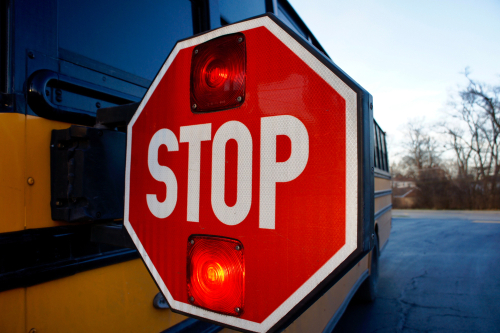
There’s no gray area with school buses. When the red lights flash and the stop sign arm extends, traffic must stop on both sides, unless there’s a raised barrier or median. This rule is in place to protect children who may be walking across the road to board or leave the bus.
Children are unpredictable, and they don’t always look both ways. That’s why the law takes their safety so seriously. Passing a stopped school bus is illegal, dangerous, and carries some of the heaviest traffic fines. In many places, cameras on buses now record license plates of violators, meaning you could receive a fine even if no police officer witnesses the infraction.
Stopping for a school bus doesn’t take long. You’re typically only delayed for a few moments, but those moments could be the difference between life and death. Every child deserves to get to and from school safely, and it’s every driver’s job to make sure that happens. Don’t gamble with young lives. Stop and wait.
5. 3-Second Count Behind Cars When Driving
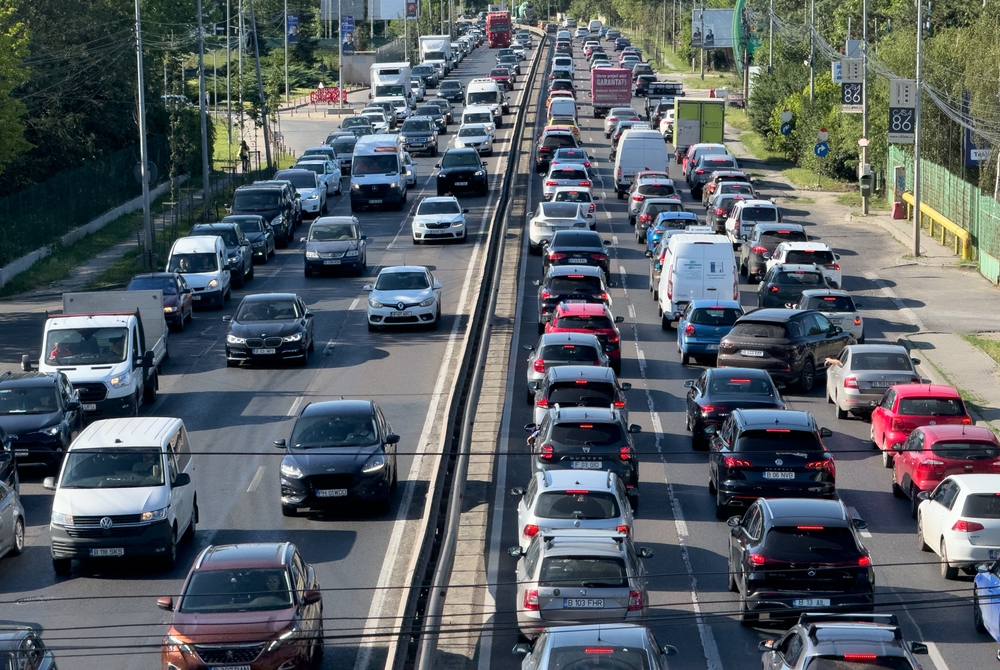
Most drivers follow far too closely without realizing how dangerous it is. The 3-second rule is a tried-and-tested guideline that helps reduce rear-end collisions. To apply it, choose a stationary object ahead, like a sign or tree, and count how many seconds pass between when the car ahead passes it and when you do. If it’s fewer than three seconds, you’re too close. This rule exists because reaction time and stopping distance are real physical limits, not just suggestions. Tailgating dramatically reduces your ability to respond in time if the car ahead suddenly brakes or swerves. Weather and speed matter too. In rain, fog, or heavy traffic, even more space is needed. At highway speeds, your car covers more ground in a shorter time, making the three-second buffer even more critical. Not only is tailgating illegal in many areas, it’s also a common trigger for road rage and accidents. By keeping a safe distance, you’re protecting yourself, your passengers, and others on the road. It’s one of the easiest yet most overlooked safety habits.
Read More: Airlines Are Making Flights Longer on Purpose—Here’s Why
6. Obey No-Turn-on-Red Signs
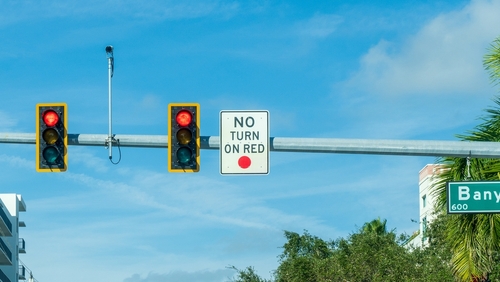
Many drivers assume it’s okay to turn right on red as long as they stop first, but that’s not always true. When there’s a clearly posted “No Turn on Red” sign, it’s legally binding and must be followed. These signs aren’t there to inconvenience you, they’re installed for specific safety reasons. Sometimes the intersection has poor visibility, or there’s a pedestrian-heavy crosswalk just out of sight. In some cases, the timing of the lights is designed to coordinate with other traffic patterns nearby. Ignoring this rule can put pedestrians at risk, particularly those crossing with the walk signal while you’re turning. It can also disrupt traffic flow and lead to unexpected collisions. Law enforcement often monitors intersections with high pedestrian activity, especially near schools and city centers, meaning you’re more likely to get ticketed here than at a typical traffic stop. Avoiding a fine and keeping people safe is worth the extra wait. If the sign says no turn on red, take a breath and wait for green, it’s that simple.
7. Use Headlights When Wipers Are On
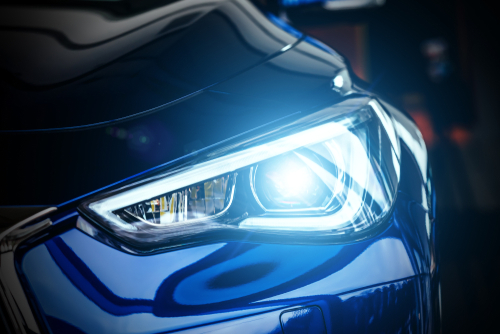
It might seem like overkill to turn on your headlights during a daytime drizzle, but this rule is about visibility, not brightness. When your windshield wipers are on, it usually means visibility is reduced for everyone. That includes you, the drivers around you, and pedestrians trying to judge how far away cars are. Using your headlights helps other vehicles see you clearly, especially in gray, low-contrast weather. In many places, it’s the law to turn on headlights during rain, snow, or fog if your wipers are active. Failure to do so could earn you a fine or put you at fault in the event of a collision. Headlights don’t just help you see, they help you be seen. It’s not about lighting the road for yourself; it’s about making sure everyone else knows where you are. Modern cars often have automatic lights, but not all of them activate with the wipers, so it’s important to check. Make it a habit: wipers on, lights on. It could prevent a crash or save a life.
8. Don’t Block Intersections
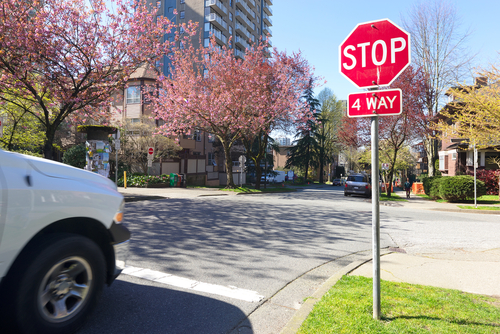
Blocking an intersection might seem harmless when you’re in a rush, but it causes gridlock and can worsen traffic for everyone. When traffic is backed up on the other side of the intersection, you should not enter unless there’s enough room to completely clear it. Getting stuck in the middle of the intersection can trap you when the light changes, which disrupts cross traffic and risks collisions from frustrated or confused drivers. It also creates obstacles for emergency vehicles, which rely on clear lanes to reach people in need quickly. Some cities have started installing cameras at intersections to ticket drivers who block them, especially during peak traffic hours. It’s not just inconsiderate, it’s illegal in many urban areas. Plus, drivers who block intersections contribute to a chaotic flow that slows everyone down. Being patient and waiting until there’s space is not only safer, but also shows respect for fellow drivers. Next time you’re tempted to inch forward anyway, remember: sitting in the middle of a box junction might save you five seconds, but it could cost someone else five minutes, or worse.
9. Treat Non-Working Traffic Lights as Four-Way Stops
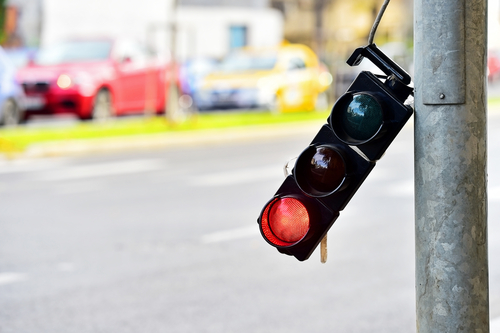
Traffic lights don’t last forever, and sometimes they go out during storms, power outages, or system failures. When a traffic light is out, many drivers become confused or treat the intersection like a free-for-all. That confusion can be deadly. The correct rule is to treat any non-working traffic light as a four-way stop. This means that every driver approaching the intersection must come to a complete stop. After stopping, each vehicle proceeds in the order they arrived, yielding to the right if two cars arrive at the same time. This rule keeps things fair, predictable, and most importantly, safe. Ignoring it and blowing through a dark intersection at full speed can lead to catastrophic collisions, especially when other drivers are doing the right thing and stopping as required. If you’re unsure, always err on the side of caution. It’s better to stop unnecessarily than to assume the right-of-way and end up in a wreck. When the lights go dark, remember: everyone stops, then everyone takes turns. It’s simple, logical, and legally required in most jurisdictions.
Conclusion
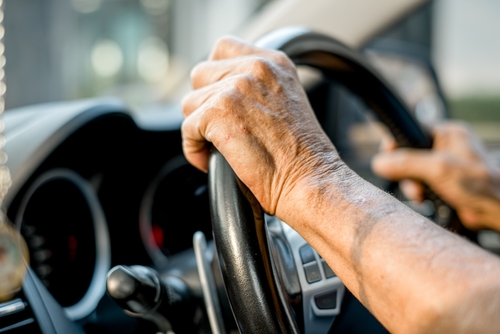
Most drivers don’t intentionally break the law, but habits, overconfidence, and distractions often lead to forgotten rules that matter more than we realize. Traffic laws exist for a reason, and even the ones that seem small play a major role in keeping roads safe, organized, and predictable. From stopping for school buses to respecting the left lane, every overlooked rule is a potential danger when ignored.
The good news is that awareness goes a long way. Catching yourself before coasting through a stop sign, using your indicator consistently, or backing off from the car in front can make a big difference. These aren’t hard changes, they’re minor shifts in behavior that can prevent major consequences. Every time you drive, you make choices that affect more than just your commute. You help shape the road culture around you. So next time you’re behind the wheel, be the driver everyone hopes is coming their way: cautious, courteous, and alert.
Read More: 10 Common Traffic Violations You’re Probably Unaware Of
